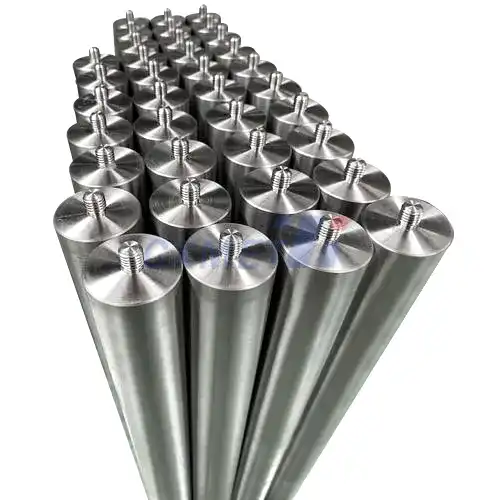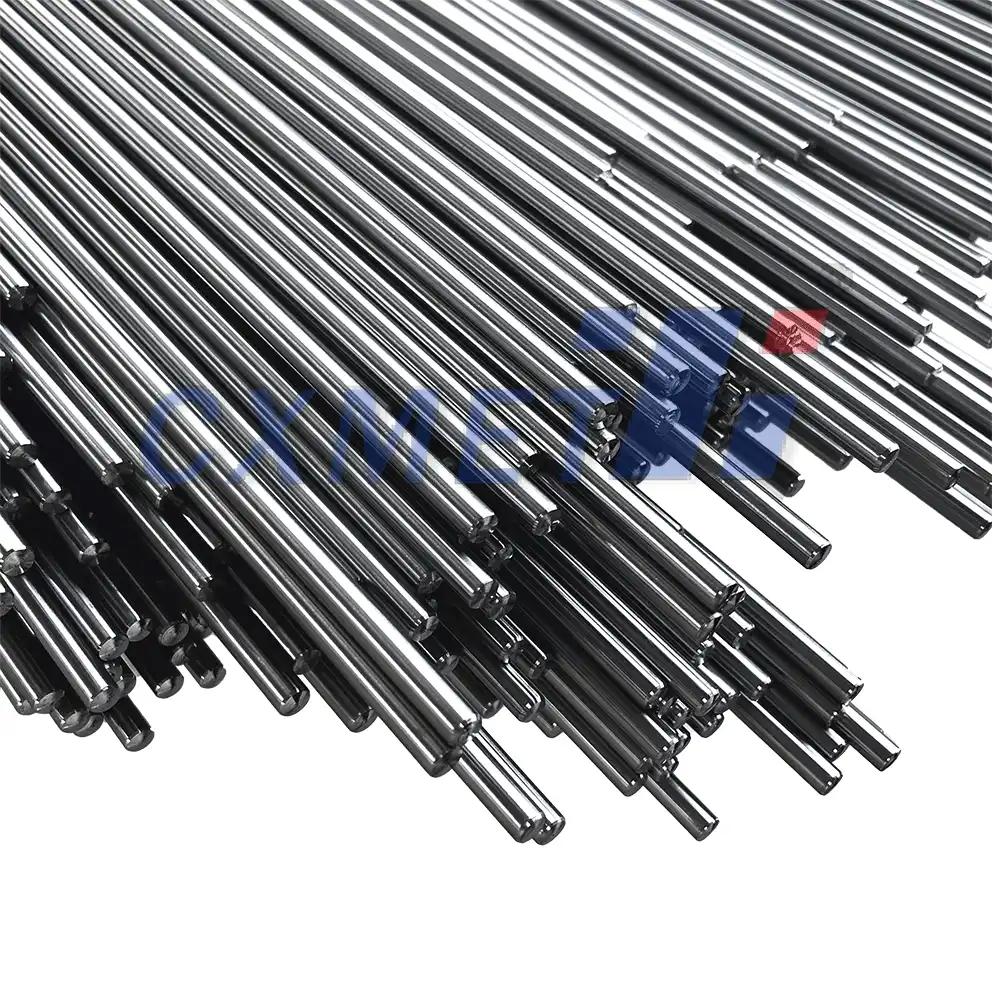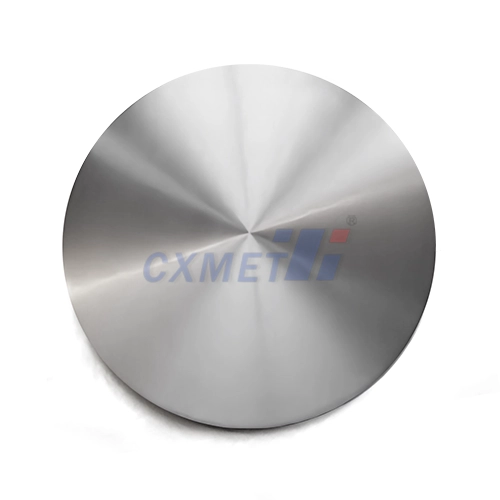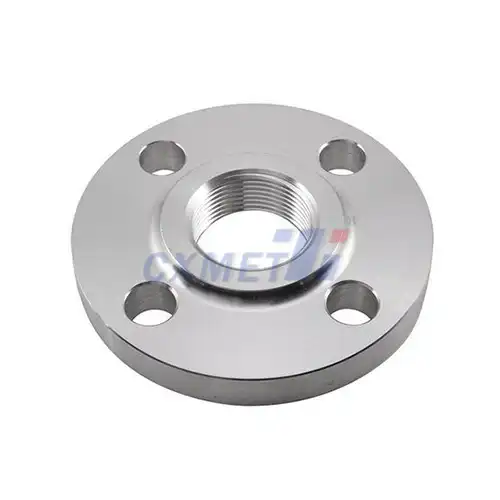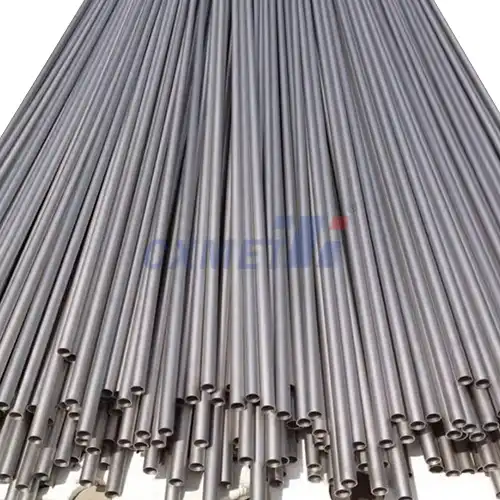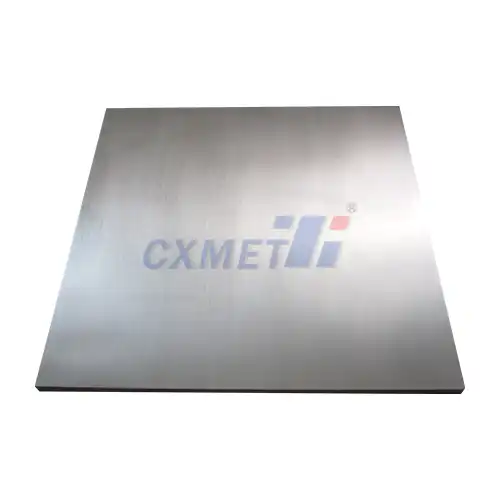- English
- French
- German
- Portuguese
- Spanish
- Russian
- Japanese
- Korean
- Arabic
- Greek
- German
- Turkish
- Italian
- Danish
- Romanian
- Indonesian
- Czech
- Afrikaans
- Swedish
- Polish
- Basque
- Catalan
- Esperanto
- Hindi
- Lao
- Albanian
- Amharic
- Armenian
- Azerbaijani
- Belarusian
- Bengali
- Bosnian
- Bulgarian
- Cebuano
- Chichewa
- Corsican
- Croatian
- Dutch
- Estonian
- Filipino
- Finnish
- Frisian
- Galician
- Georgian
- Gujarati
- Haitian
- Hausa
- Hawaiian
- Hebrew
- Hmong
- Hungarian
- Icelandic
- Igbo
- Javanese
- Kannada
- Kazakh
- Khmer
- Kurdish
- Kyrgyz
- Latin
- Latvian
- Lithuanian
- Luxembou..
- Macedonian
- Malagasy
- Malay
- Malayalam
- Maltese
- Maori
- Marathi
- Mongolian
- Burmese
- Nepali
- Norwegian
- Pashto
- Persian
- Punjabi
- Serbian
- Sesotho
- Sinhala
- Slovak
- Slovenian
- Somali
- Samoan
- Scots Gaelic
- Shona
- Sindhi
- Sundanese
- Swahili
- Tajik
- Tamil
- Telugu
- Thai
- Ukrainian
- Urdu
- Uzbek
- Vietnamese
- Welsh
- Xhosa
- Yiddish
- Yoruba
- Zulu
What is the temperature range for Titanium 6Al-4V Grade 5 Round Bar?
2025-05-16 17:07:11
Titanium 6Al-4V Grade 5 Round Bar is a widely used alloy in various industries due to its exceptional properties, including high strength-to-weight ratio, excellent corrosion resistance, and biocompatibility. One of the critical factors to consider when working with this material is its temperature range. Understanding the temperature capabilities of Titanium 6Al-4V Grade 5 Round Bar is essential for engineers, designers, and manufacturers to ensure optimal performance and safety in various applications.
|
|
|
What are the mechanical properties of Titanium 6Al-4V Grade 5 Round Bar?
Titanium 6Al-4V Grade 5 Round Bar possesses a unique combination of mechanical properties that make it highly desirable for numerous applications. This alpha-beta titanium alloy consists of 6% aluminum, 4% vanadium, and the balance titanium. The mechanical properties of this material are as follows:
- Tensile Strength: Typically ranging from 895 to 1000 MPa (130 to 145 ksi)
- Yield Strength: Approximately 828 MPa (120 ksi)
- Elongation: 10% to 14%
- Reduction in Area: 25% to 30%
- Modulus of Elasticity: 113.8 GPa (16.5 x 10^6 psi)
- Hardness: 36 HRC (Rockwell C)
These properties contribute to the alloy's excellent strength-to-weight ratio, making it ideal for aerospace, automotive, and medical applications. The high tensile and yield strengths allow for the design of lightweight yet strong components, while the moderate elongation and reduction in area provide a good balance between strength and ductility.
It's important to note that the mechanical properties of alloys can vary depending on the specific heat treatment and processing methods applied during manufacturing. These treatments, such as solution treating and aging, play a crucial role in enhancing the material's strength and performance. Solution treating involves heating the alloy to a specific temperature and then rapidly cooling it, which helps dissolve elements into the matrix, improving the material's homogeneity. Following this, aging is typically performed to allow the formation of precipitates that further strengthen the alloy by hindering dislocation movement. When combined, these processes can significantly increase the tensile strength of the alloy, often exceeding 1100 MPa (160 ksi), making it more suitable for demanding applications like aerospace, automotive, and high-performance engineering. As a result, these heat treatment techniques allow manufacturers to fine-tune the alloy’s mechanical properties to meet specific performance requirements.
The exceptional corrosion resistance of Titanium 6Al-4V Grade 5 Round Bar is due to the formation of a stable, continuous, highly adherent, and protective oxide film on the surface. This characteristic makes it suitable for use in aggressive environments, including marine applications and chemical processing industries.
How does temperature affect the properties of Titanium 6Al-4V Grade 5 Round Bar?
Temperature plays a crucial role in determining the performance and behavior of Titanium 6Al-4V Grade 5 Round Bar. The alloy's properties can change significantly across different temperature ranges:
- Cryogenic Temperatures:
At extremely low temperatures, down to -253°C (-423°F), Titanium 6Al-4V maintains its strength and toughness. This makes it suitable for cryogenic applications, such as in spacecraft and superconducting magnets.
- Room Temperature:
At ambient temperatures (20°C to 25°C), the alloy exhibits its standard mechanical properties as mentioned earlier.
- Elevated Temperatures:
As the temperature increases, the strength of the alloy gradually decreases, while ductility generally improves. The alloy maintains good strength up to about 400°C (752°F). Beyond this temperature, creep deformation becomes more significant, and the material's long-term load-bearing capacity is reduced.
- High Temperatures:
At temperatures above 500°C (932°F), the alloy's strength decreases more rapidly, and oxidation resistance becomes a concern. The maximum service temperature for continuous use is typically around 400°C to 450°C (752°F to 842°F), depending on the specific application and stress levels.
It's crucial to consider these temperature-dependent property changes when designing components or structures using Titanium 6Al-4V Grade 5 Round Bar. For applications involving elevated temperatures, engineers may need to account for creep behavior, thermal expansion, and potential microstructural changes that could affect the material's long-term performance.
|
|
|
What are the common applications of Titanium 6Al-4V Grade 5 Round Bar across different temperature ranges?
Titanium 6Al-4V Grade 5 Round Bar finds applications across various temperature ranges due to its versatile properties. Here are some common applications categorized by temperature range:
Cryogenic Applications (-253°C to 0°C):
- Aerospace components for spacecraft and satellites
- Cryogenic storage tanks and transfer lines
- Superconducting magnet supports in particle accelerators
- Components for liquefied natural gas (LNG) processing and transportation
Room Temperature Applications (0°C to 100°C):
- Aircraft structural components (fuselage, wings, landing gear)
- Automotive parts (connecting rods, valves, suspension components)
- Medical implants and surgical instruments
- Marine applications (propeller shafts, pump components)
- Chemical processing equipment
- Sports equipment (bicycle frames, golf club heads)
Moderate Temperature Applications (100°C to 400°C):
- Jet engine components (compressor blades, discs)
- Exhaust systems in high-performance vehicles
- Heat exchangers in chemical and petrochemical industries
- Turbine blades in power generation
High Temperature Applications (400°C to 600°C):
- Specialized aerospace components for hypersonic vehicles
- High-temperature chemical processing equipment
- Furnace components and heating elements
It's important to note that while Titanium 6Al-4V Grade 5 Round Bar can be used in high-temperature applications, its use above 400°C is generally limited to short-term exposure or specialized applications due to potential creep and oxidation issues. For continuous high-temperature use, other titanium alloys or superalloys may be more suitable.
When selecting Titanium 6Al-4V Grade 5 Round Bar for a specific application, it's crucial to consider not only the temperature range but also other factors such as stress levels, exposure time, environmental conditions, and any potential cyclic loading. Proper material selection and design considerations ensure optimal performance and longevity of components made from this versatile alloy.
At SHAANXI CXMET TECHNOLOGY CO., LTD, we take pride in our extensive product range, which caters to diverse customer needs. Our company is equipped with outstanding production and processing capabilities, ensuring the high quality and precision of our products. We are committed to innovation and continuously strive to develop new products, keeping us at the forefront of our industry. With leading technological development capabilities, we are able to adapt and evolve in a rapidly changing market. Furthermore, we offer customized solutions to meet the specific requirements of our clients. If you are interested in our products or wish to learn more about the intricate details of our offerings, please do not hesitate to contact us at sales@cxmet.com. Our team is always ready to assist you.
|
|
|
References
- ASM International. (2015). ASM Handbook, Volume 2: Properties and Selection: Nonferrous Alloys and Special-Purpose Materials.
- Boyer, R., Welsch, G., & Collings, E. W. (1994). Materials Properties Handbook: Titanium Alloys. ASM International.
- Leyens, C., & Peters, M. (Eds.). (2003). Titanium and titanium alloys: fundamentals and applications. John Wiley & Sons.
- Lutjering, G., & Williams, J. C. (2007). Titanium (Engineering Materials and Processes). Springer.
- Peters, M., Kumpfert, J., Ward, C. H., & Leyens, C. (2003). Titanium alloys for aerospace applications. Advanced engineering materials, 5(6), 419-427.
- Donachie, M. J. (2000). Titanium: a technical guide. ASM international.
- Inagaki, I., Takechi, T., Shirai, Y., & Ariyasu, N. (2014). Application and features of titanium for the aerospace industry. Nippon Steel & Sumitomo Metal Technical Report, 106, 22-27.
- Veiga, C., Davim, J. P., & Loureiro, A. J. R. (2012). Properties and applications of titanium alloys: a brief review. Rev. Adv. Mater. Sci, 32(2), 133-148.
- Rack, H. J., & Qazi, J. I. (2006). Titanium alloys for biomedical applications. Materials Science and Engineering: C, 26(8), 1269-1277.
- Williams, J. C., & Starke Jr, E. A. (2003). Progress in structural materials for aerospace systems. Acta materialia, 51(19), 5775-5799.






